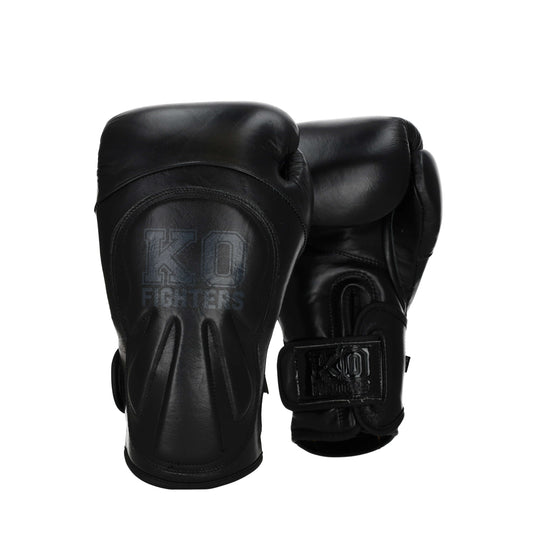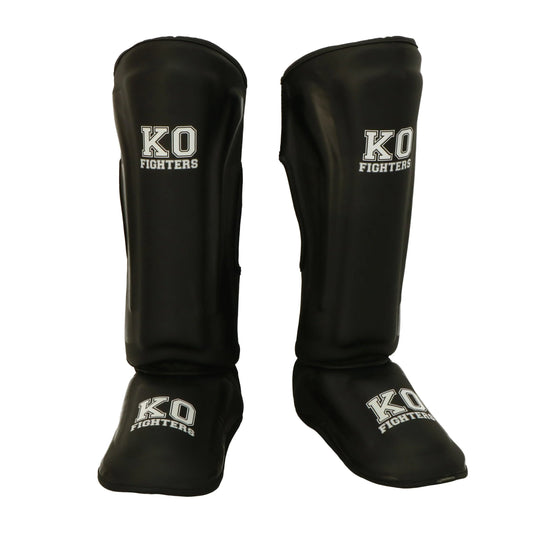The History of Bandages in Kickboxing
Share
Kickboxing is a martial art that originates from various traditional martial arts and has developed over the years into a popular and dynamic discipline. An essential part of every kickboxer's equipment is the bandages. These not only provide protection and support but also have a rich history. In this blog, we dive into the history of bandages in kickboxing and discover how these crucial accessories have evolved.
Origin of Bandages
The use of bandages can be traced back to ancient civilizations. In ancient Greece and Rome, during the early forms of boxing, fighters wrapped leather straps around their hands and wrists. These straps, known as himantes, served to protect the knuckles and support the wrists. This concept of hand protection was adopted and adapted over the centuries in various martial arts, including kickboxing.
Evolution of Bandages in Asian Martial Arts
In Asian martial arts such as Muay Thai and traditional boxing from Thailand and Myanmar, bandages made of cotton or linen fabrics were used. These early bandages were often tightly wrapped around the hands to protect the knuckles and support the wrists during fights and training. This method of hand protection soon became a standard practice in many martial arts.
Modern Kickboxing and the Introduction of Advanced Bandages
With the rise of modern kickboxing in the 1970s and 1980s, the need for effective protection and support became clearer. Kickboxing combined elements of traditional boxing and karate, leading to more intense training and matches. This required better protection for the fighters' hands and wrists.
During this period, traditional cotton and linen bandages were replaced by more advanced materials such as elastic cotton blends. These new bandages offered better support and were easier to apply and adjust to the individual needs of kickboxers.
Innovations in Bandage Technology
In recent decades, technological advances have led to the development of even more advanced bandages. Modern bandages often feature Velcro closures, making them easier to put on and take off. Additionally, special gel-filled bandages have been developed to provide extra protection to the knuckles and wrists.
These innovations have contributed to a higher level of safety and comfort for kickboxers, allowing them to train and fight with more confidence. Today's bandages are designed to provide maximum protection without compromising flexibility and freedom of movement.
The Role of Bandages in Safety and Performance
The primary function of bandages in kickboxing is protection and support. They help absorb the impact of strikes, reducing the risk of injuries such as sprains, bruises, and fractures. Additionally, bandages help keep the hands and wrists in the correct position, which is essential for maintaining proper technique and preventing injuries.
Bandages also play an important role in a kickboxer's performance. Properly applied bandages can boost a fighter's confidence because they know their hands and wrists are well protected. This confidence translates into better techniques and more effective strikes during training and matches.
Conclusion
The history of bandages in kickboxing is a story of continuous evolution and innovation. What started with simple leather straps in ancient civilizations has grown into advanced protective gear essential for the safety and performance of modern kickboxers. Whether you are a beginner or an experienced fighter, using bandages is a must to protect yourself and optimize your skills.
At KO Fighters, we understand the importance of high-quality bandages for kickboxers. Discover our extensive range of bandages and other protective gear to optimally protect yourself and perform in the ring. Safety first, always!




